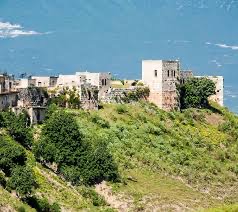
Al-Madiq Citadel
This noria, located at the historic Orontes River bridge, is the oldest wooden waterwheel that still retains its original mechanism. It boasts a diameter of approximately 22 meters and features

This noria, located at the historic Orontes River bridge, is the oldest wooden waterwheel that still retains its original mechanism. It boasts a diameter of approximately 22 meters and features
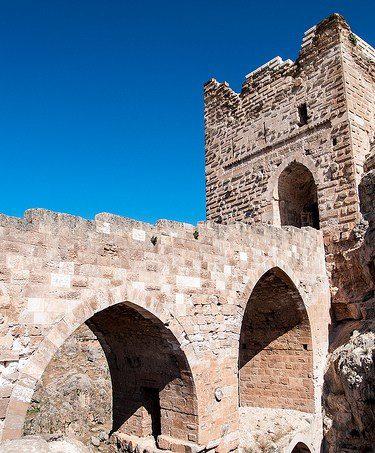
The arched Rastan channel stands as an exceptional example of Roman hydraulic engineering in inland Syria. It elevates water via a small stone noria to a conduit composed of ten
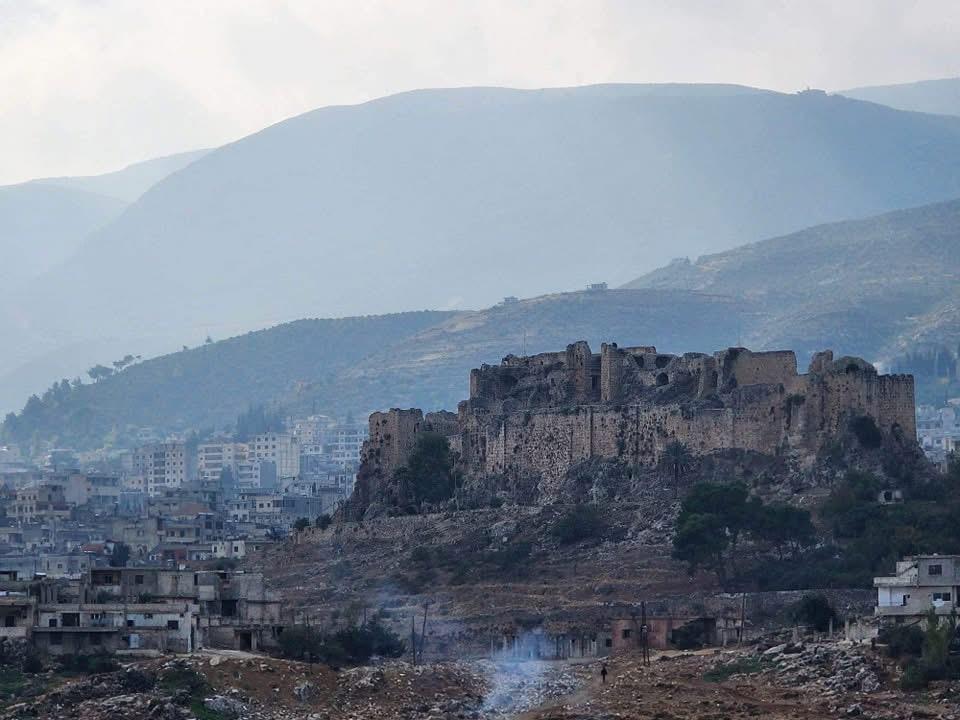
Perched 20 meters above the plain on the left bank of the Orontes River in the southern Ghab region, Tel Asharneh holds the remains of the ancient city-state of Tunip.
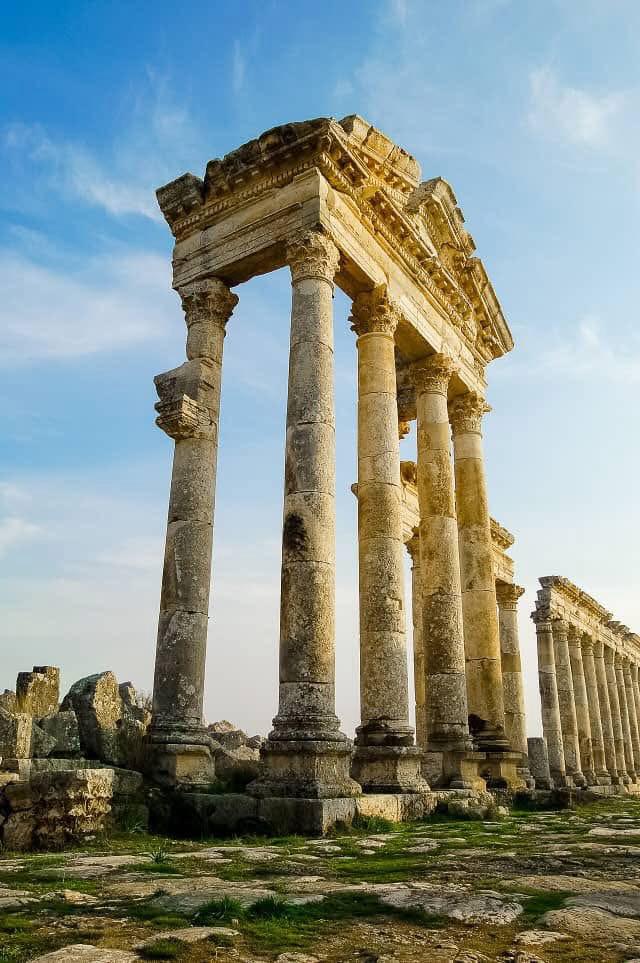
The Al-Kilaniyah collection of norias comprises three immense wooden waterwheels, turning in harmonious synchronicity on the western bank of the Orontes River. One of these, “Al-Kilaniyah,” with a remarkable diameter
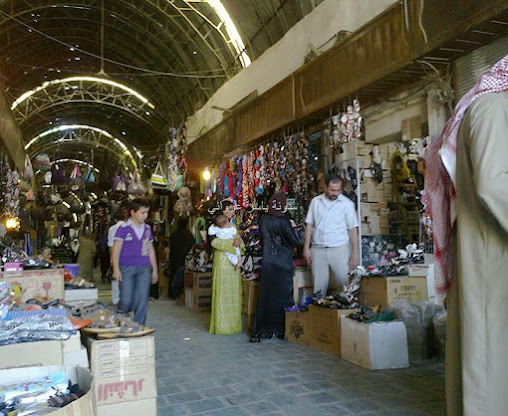
Dating back to the 14th century, the oldest market in the city stretches 180 meters south of the historic waterwheels (Nawaoir). Its vaulted wooden roof, supported by semi-pointed basalt arches,
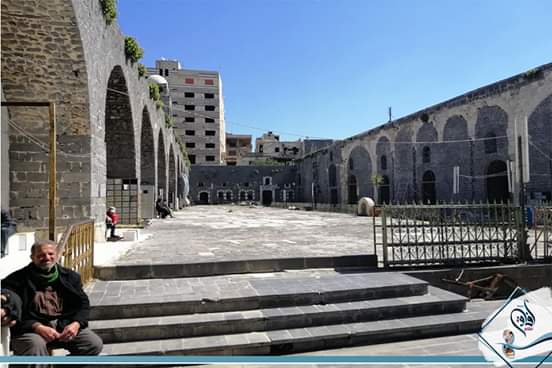
The mosque is attributed to the gnostic Ibrahim al-Himsi (d. 897 AH). His disciples built it in a simple Mamluk style, and it houses the sheikh’s tomb, topped with a
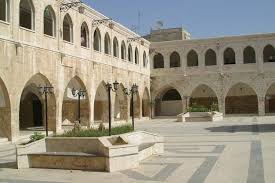
This section of a Roman aqueduct traverses the Orontes River, providing Shayzar (ancient Seizar) with drinking and irrigation water. The arches consist of six stone spans constructed with dressed ashlar
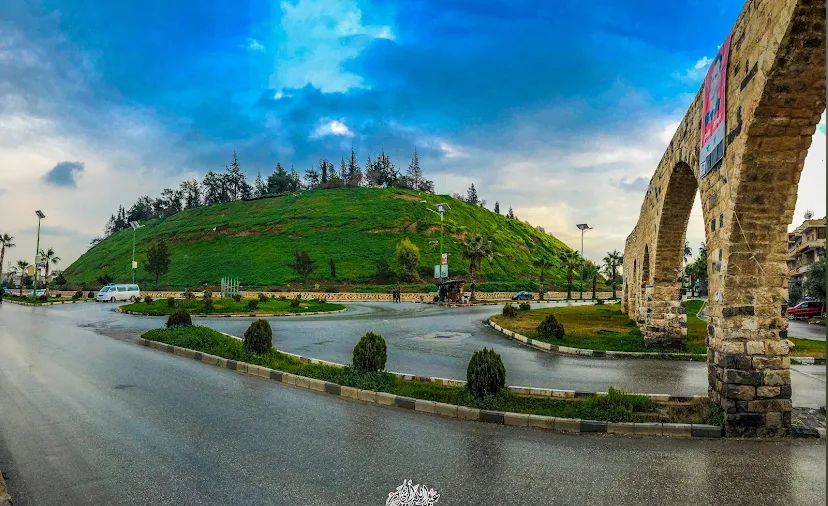
Perched on a hill overlooking the Qashtun Dam in the central Al-Ghab plain, this Ayyubid-era castle was strategically built as a watchtower on the road to Antioch. It comprises a

جميع الحقوق محفوظة لصالح JCI Aleppo
All rights reversed to JCI Aleppo